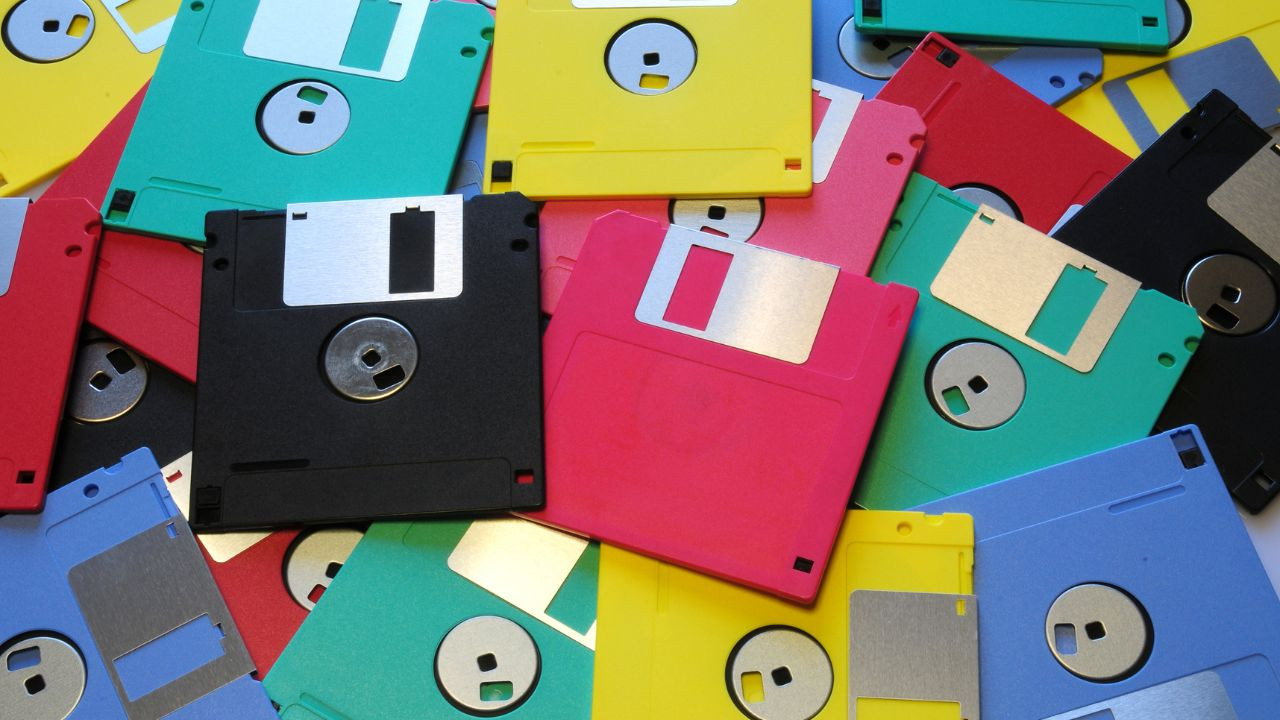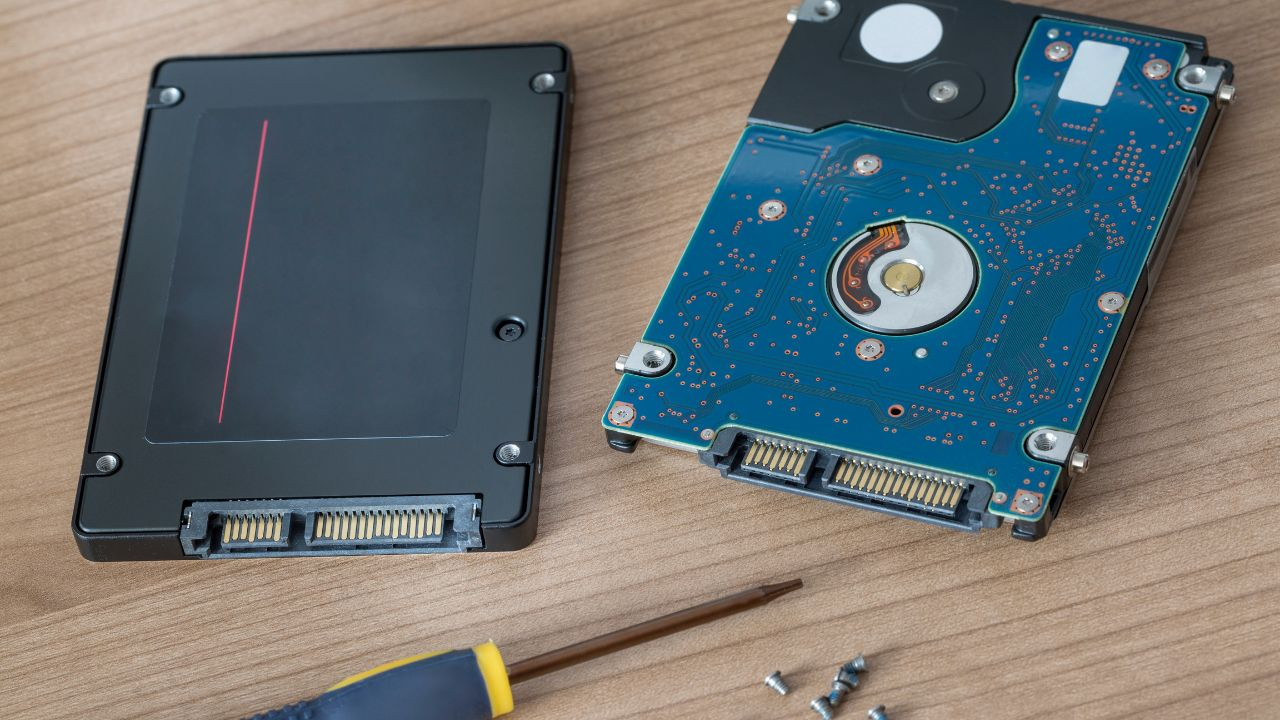File sharing has come a long way since the days of floppy disks. As technology has evolved, so too have the methods we use to store, share, and transfer data.
From the humble beginnings of physical media to the sophisticated cloud solutions we rely on today, the journey of file sharing reflects the rapid advancements in digital technology. In this blog post, we’ll take a look at the evolution of file sharing, exploring how each era has shaped the way we exchange information today.
The Early Days: Floppy Disks and CDs
In the late 20th century, file sharing was a physical process. Floppy disks, introduced in the 1970s, were among the first widely-used methods for transferring files between computers.
These disks were portable, allowing users to carry their data from one machine to another. However, they had limited storage capacity, with the most popular version holding just 1.44 MB of data. Despite their limitations, floppy disks were a revolutionary tool at the time, enabling businesses and individuals to share files easily.
As technology advanced, floppy disks were gradually replaced by CDs (Compact Discs) in the 1990s. CDs offered significantly more storage capacity—up to 700 MB—which made them ideal for sharing larger files, such as software programs, documents, and multimedia content.
CDs also had a longer lifespan and were more durable than floppy disks, making them a more reliable option for data storage and transfer.
The Rise of USB Drives and Email Attachments
The early 2000s marked the rise of USB drives (or flash drives), which offered a major leap in storage capacity and convenience. USB drives could hold gigabytes of data, far surpassing the capacity of floppy disks and CDs.
They were also much smaller and easier to carry around, making them a popular choice for personal and professional file sharing.
Around the same time, email attachments became a common method for sharing files. As internet speeds improved and email services became more widely available, users could send files directly through email, eliminating the need for physical media. However, email attachments had their limitations, particularly in terms of file size. Many email providers imposed strict limits on the size of attachments, making it difficult to share larger files.
The Emergence of Peer-to-Peer (P2P) Networks
In the late 1990s and early 2000s, peer-to-peer (P2P) file-sharing networks emerged as a popular way to share files, particularly music and video content. P2P networks, such as Napster, Kazaa, and LimeWire, allowed users to connect directly with one another and share files over the internet.
These networks decentralized file sharing, making it possible to distribute large amounts of data quickly and efficiently.
While P2P networks revolutionized the way people shared media, they also raised significant legal and ethical concerns. Many of the files shared on these networks were copyrighted material, leading to widespread piracy and legal battles that eventually led to the shutdown of several prominent P2P services.
The Shift to Cloud-Based Solutions
The last decade has seen a dramatic shift towards cloud-based file-sharing solutions. Cloud storage services, such as Dropbox, Google Drive, and Filesharer.io, have transformed the way we store and share files. By storing data in the cloud, users can access their files from any device with an internet connection, eliminating the need for physical media entirely.
Cloud solutions offer several key advantages over traditional file-sharing methods. They provide virtually unlimited storage capacity, advanced security features, and seamless collaboration tools that allow multiple users to work on the same files in real-time.
Additionally, cloud services often include automated backup and file versioning, ensuring that important data is never lost.
The Future of File Sharing
As technology continues to evolve, so too will the methods we use to share files. Emerging technologies like blockchain and decentralized storage networks promise to further enhance the security and efficiency of file sharing. These innovations could lead to even more robust and private file-sharing solutions, ensuring that data remains secure and accessible in an increasingly connected world.
Moreover, with the rise of artificial intelligence and machine learning, we may see new ways to manage and share files, with smart systems automatically organizing and optimizing data transfers. The integration of these technologies into file-sharing platforms could make the process even more seamless and intuitive for users.
Conclusion
The evolution of file sharing from floppy disks to cloud solutions reflects the rapid pace of technological advancement over the past few decades.
Each stage in this journey has brought us closer to the seamless, secure, and efficient file-sharing methods we enjoy today. As we look to the future, it’s clear that file sharing will continue to evolve, driven by innovations that will further enhance our ability to connect, collaborate, and share information across the globe.
Whether you’re sharing files for personal or professional use, choosing the right platform is essential. With its robust features, security, and ease of use, Filesharer.io is at the forefront of the next generation of file-sharing solutions, offering a reliable and efficient way to manage your digital data.






Comments (0)